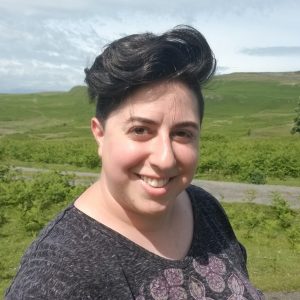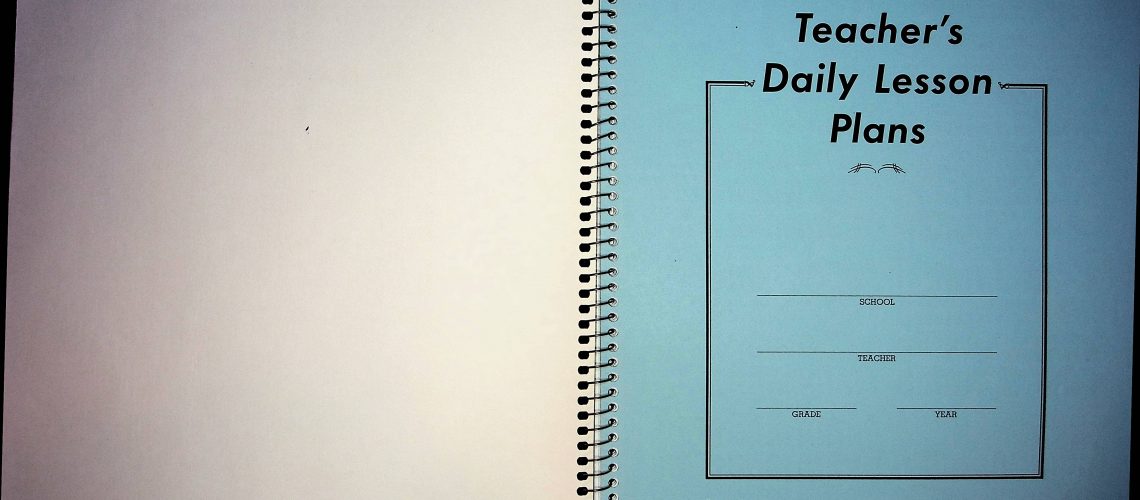The Bais Yaakov Project Team is a continuously-growing group of people associated with Bais Yaakov in many ways. Most of us are graduates of a Bais Yaakov school, spanning multiple schools and multiple decades. Some members on the team – Naomi Seidman and Leslie Ginsparg Klein most notably – are experts on Bais Yaakov after years of research and publishing on the topic. Some of us, though, are only tangential experts.
Take me, for example. My primary area of research is not Bais Yaakov. My PhD work is on ideologies of childhood and education as represented in literature. I write about this topic as it relates to multiple time periods and cultures: medieval Britain; medieval Ashkenaz; contemporary children’s historical fiction; and, most notably as my dissertation, contemporary haredi children’s literature. I became involved with the Bais Yaakov Project after connecting with Naomi and talking about our shared passions of understanding histories of education and our shared concern over the lack of available sources documenting haredi education.

We also had a mutual connection, Shira Schwartz, a PhD candidate at the University of Michigan, Ann Arbor, writing about “Yeshiva Quirls: A Textual Ethnography of Jewish Gender, Sex and Reproduction.”
Shira and I had once dreamed about someday, when we weren’t grad students trying to get our dissertations done, creating an online repository of documents from Bais Yaakov schools and yeshivas so that others who work on these subjects after us could have an easier time. When Naomi talked about all the material she had collected from multiple sources as she worked on her book, it was the perfect shidduch – I had already been thinking about what an online repository could look like, and we immediately got started on building a website.
For fields like ours, where the focus is on attitudes and approaches to education, it’s important not to rely only on sources like official school reports or official school publications. Sources like student publications, class notes, and teachers’ lesson plans are equally as important. They demonstrate what happened in schools in great detail, while official documents tend to provide a much broader picture.
Of course, these sources of detailed and minute evidence are also among the first to disappear. As I wrote about previously, ephemera like class notes can show us how teachers conducted their lessons and how students received them.
For today’s peek into the archives, I want to highlight what we can glean about the structure and ideology of schools from a lesson plan book. The pages I’m focusing on today comes from my own lesson plan book, from my years teaching Grade 8 English Language Arts in Bais Yaakov of Boro Park (2007-2009).

For two years after I graduated from Yavne Seminary in Cleveland, I taught alongside my own teachers in the institution where I had once been a student. Each week, I submitted a page to Miss Carmie Homburger, who had been my principal when I was in 8th grade, outlining what I planned to teach that week. My usual weekly plan included literature on Mondays and Tuesdays; grammar on Wednesdays; and writing on Thursdays.

When I extricated my lesson plan book from my boxes of old papers in order to scan and upload it for the Bais Yaakov Project website, I was struck by the way I often updated the lesson plans to keep track of what actually happened in class.
As all teachers know, what we plan often isn’t what ends up happening in class. But the paper documentation doesn’t always reflect the reality of what transpired. For the week of March 24-27 in my lesson plan book, though, I took care to record the “real” lesson.
The carbon-generated plan, the one that I handed in to my supervisor, indicates a focus on Flowers for Algernon on Monday and Tuesday; grammar on Wednesday; and writing on Thursday. The ink column, titled “REAL,” shows what actually happened in class, and the reason the lesson diverged from what I had planned.
On Tuesday, one of my classes did not meet because they had a gym period instead. And on Thursday, another class had a gym period. Now, since I’m working with my own documents here, I can draw on my memories to fill in the blanks.
In New York State, schools are mandated to provide physical education. Bais Yaakov of Boro Park, since it receives government funds for programs like transportation, textbooks, and special education, is bound by those laws and regulations. But the Bais Yaakov school day would need to be lengthened even more, past its 4pm dismissal time, if Phys Ed were a class scheduled regularly like any other.
Instead, the school crafted a system where each class of students would miss one afternoon period a week for “gym,” rotating among the four periods so each teacher would give up one lesson a week per class.
And I had forgotten to account for the two classes who would be missing my period for the week of March 24-27.

Accounting for the change in schedule involved a simple shifting around of plans. Usually, the school would schedule all three of my classes for gym the same week, so that I could count on all three classes missing one day. That would make my rescheduling of lesson plans easier.
Of course, even without the occasional hitch in schedule – accounting for things like assemblies and gym – classes all moved at different paces, and you can see that difference in the more regular lesson plans as well.
When we work with documents that are older than mine, and whose creators are no longer able to provide context via their memories and oral accounts, we’re left to guess at what happened in each document. And the more documentation we have, the better our chances of guessing right become!
Later this week, we’ll be uploading scans of a curriculum plan from a school in Toronto. As I hope this peek into the archives makes clear, planbooks and curricula indicate an ideal, but plans often go awry. Looking at the original plan and the ultimate outcome together helps us get a more complete picture of what Bais Yaakov schools look like and value.

Dainy Bernstein is a PhD Candidate at the CUNY Graduate Center, finishing their dissertation, “Chanoch La’Na’ar: American Haredi Children’s Literature and Education, 1980-2000.” They teach composition and literature at Lehman College.

